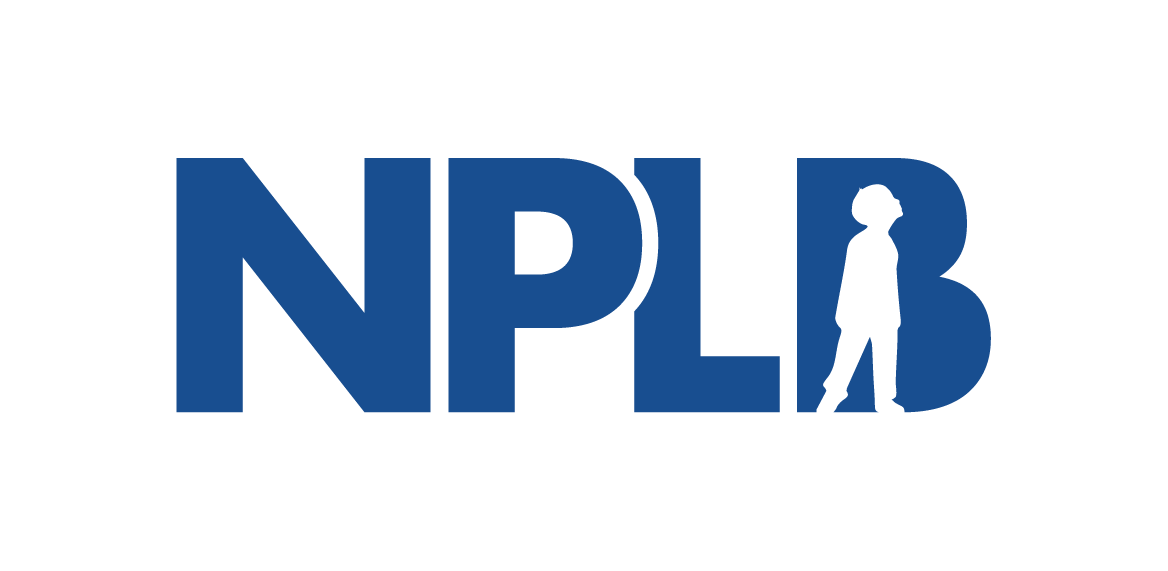Do Cost-Effectiveness Analyses Account for Drug Genericization?
Objectives:
We investigated how health technology assessment (HTA) organizations around the world have handled drug genericization (an allowance for future generic drug entry and subsequent drug price declines) in their guidelines for costeffectiveness analyses (CEAs). We also analyzed a large sample of published CEAs to examine prevailing practices in the field.
Methods:
We reviewed 43 HTA guidelines to determine whether and how they addressed drug genericization in their CEAs. We also selected a sample of 270 US-based CEAs from the Tufts Medical Center’s CEA Registry, restricting the sample to studies on pharmaceuticals published from 1991 to 2019 and to analyses taking a lifetime time horizon. We determined whether each CEA examined genericization (and if so, whether in base case or sensitivity analyses), and how inclusion of genericization influenced the estimated incremental cost-effectiveness ratios.
Results:
Fourteen (33%) of the 43 HTA guidelines mention genericization for CEAs and 4 (9%) recommend that base case analyses include assumptions about future drug price changes due to genericization. Most published CEAs (95%) do not include assumptions about future generic prices for intervention drugs. Only 2% include such assumptions about comparator drugs. Most studies (72%) conduct sensitivity analyses on drug prices unrelated to genericization.
Conclusions:
The omission of assumptions about genericization means that CEAs may misrepresent the long run opportunity costs for drugs. The field needs clearer guidance for when CEAs should account for genericization, and for the inclusion of other price dynamics that might influence a drug’s cost-effectiveness.
Read the full paper below

